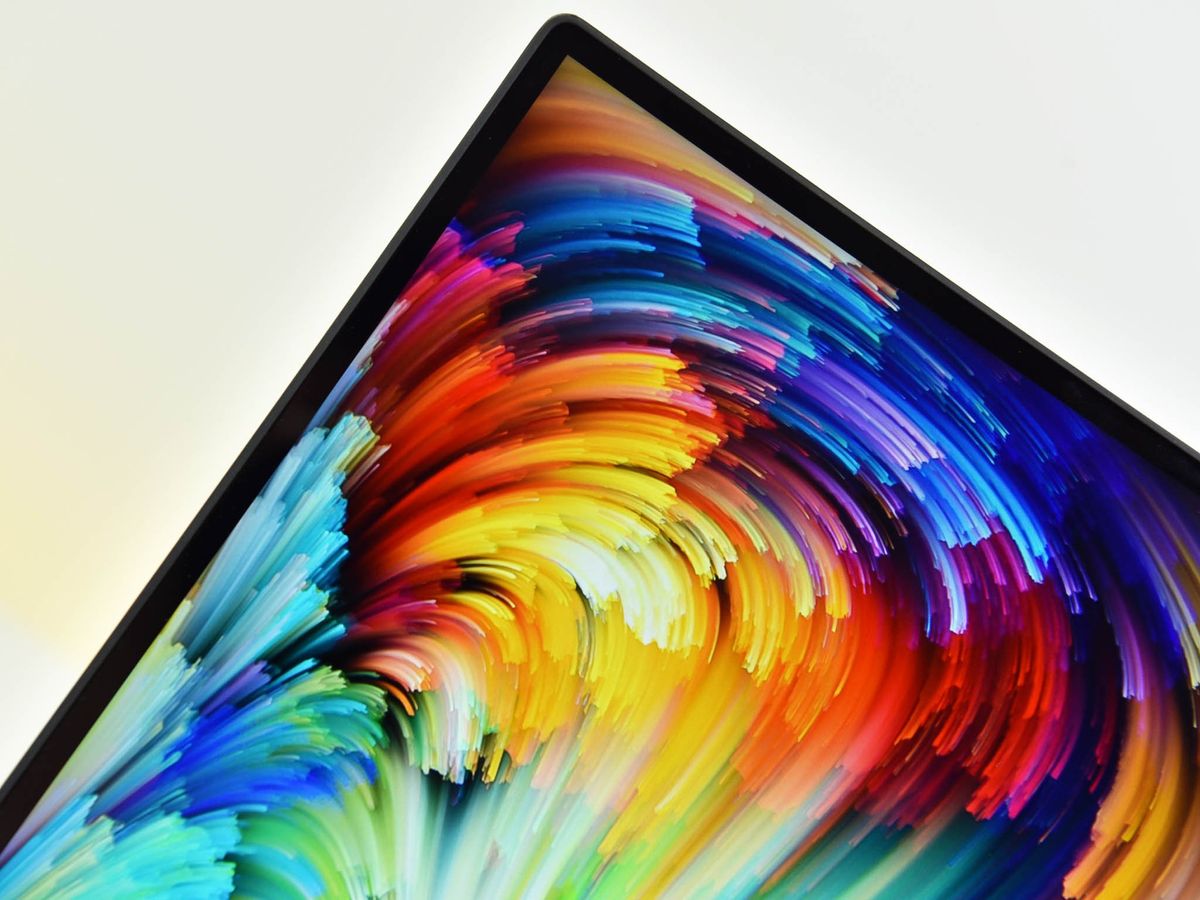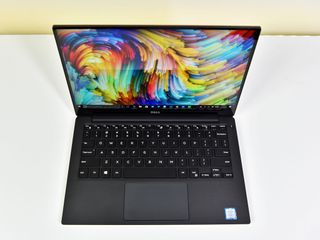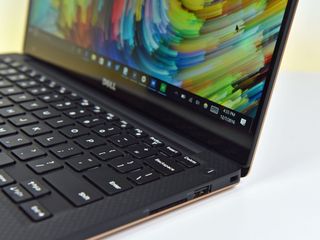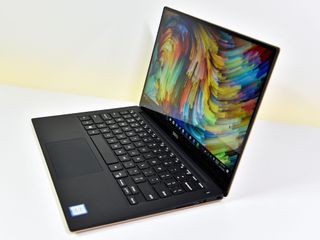
So, you've decided on the Dell XPS 13. It's a wonderful 13-inch Ultrabook, available in plenty of configurations so that you can get the best possible device for your needs. Included in those configurations is the choice between a touch or non-touch display. Let's take a closer look at the advantages and disadvantages between the two to help you make a final decision.
What are the general differences between touch and non-touch displays?

There are some general advantages and disadvantages that can be applied to most touch and non-touch displays, no matter the manufacturer.
If you're looking for a laptop with the absolute best battery life, you'll want to go with a non-touch display. In the XPS 13's case, the non-touch display also means a way lower resolution — 1080p vs. 1800p — which will draw less power.
Need something as light as possible? A touch display almost always weighs more due to the extra technology working behind the scenes. When it comes to the XPS 13, the non-touch starts at about 2.7 pounds (1.2kg) whereas the touch starts at 2.9 pounds (1.29kg). That's not a huge difference, but in a device this light to begin with, every bit counts.
Keep in mind that using a touch display on a standard notebook isn't for everyone. Not being able to flip the display around into tablet mode — like on the XPS 13 2-in-1 — can be a bit frustrating, and the lack of pen support might irk some who are looking to create some art.
Which Dell XPS 13 is best for me? Touch or non-touch?

If you're buying a laptop to serve as a performance machine, both the touch and non-touch configurations come with either a Core i5 or Core i7 processor (CPU). However, only the touch models are available with up to 16GB of RAM. That's a significant difference, and those of you who need the absolute most power, it's the touch model you'll want to look at.
Get the Windows Central Newsletter
All the latest news, reviews, and guides for Windows and Xbox diehards.
On the other hand, if you'd like a laptop for light computing, non-touch models are available with just 4GB of RAM, a Core i3 CPU, and a 128GB solid-state drive (SSD). This specific model starts at about $800.
The size of the SSD you initially choose isn't too big of a deal, as long as you don't mind a simple, quick DIY project. You can buy a larger SSD after the fact and swap out the one in your XPS 13 — for that, we've created a step-by-step guide. Nevertheless, touch XPS 13 models are available from Dell with up to a 1TB SSD, whereas non-touch SSDs are capped at 512GB.

Similar to your performance requirements, we also have to take into account a big difference in resolution between the two displays. Anyone in the business of multimedia editing or anyone who simply loves the look of a high-resolution display should seriously consider the touch display with a 3,200 x 1,800 resolution. It's stunning. That doesn't mean the 1080p resolution on the non-touch display is a slouch; if you aren't into any specialized tasks, it will serve you just fine.
Finally, price. Non-touch models are always a bit cheaper. Two XPS 13s, one touch and one non-touch, with Core i7 CPUs, 8GB of RAM, and 256GB SSDs have about a $200 price difference. If you're still unsure of whether or not a touch display is for you and you have a bit of extra money, investing in the touch display might pay off. Even if you don't use it regularly, the higher resolution might be worth it.
More help deciding between XPS 13 models
Not only are there two different display types, the XPS 13 has some other interesting differences between models. For a closer look, check out our comparison piece aimed at helping you decide which XPS 13 to buy.

Cale Hunt brings to Windows Central more than eight years of experience writing about laptops, PCs, accessories, games, and beyond. If it runs Windows or in some way complements the hardware, there’s a good chance he knows about it, has written about it, or is already busy testing it.